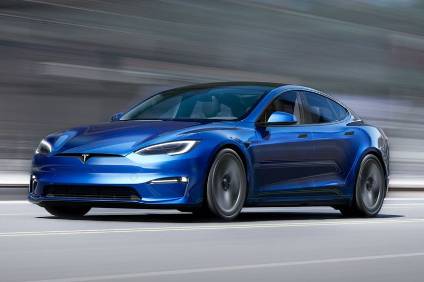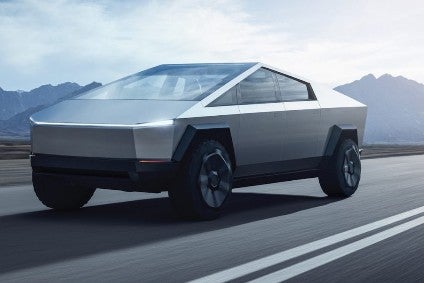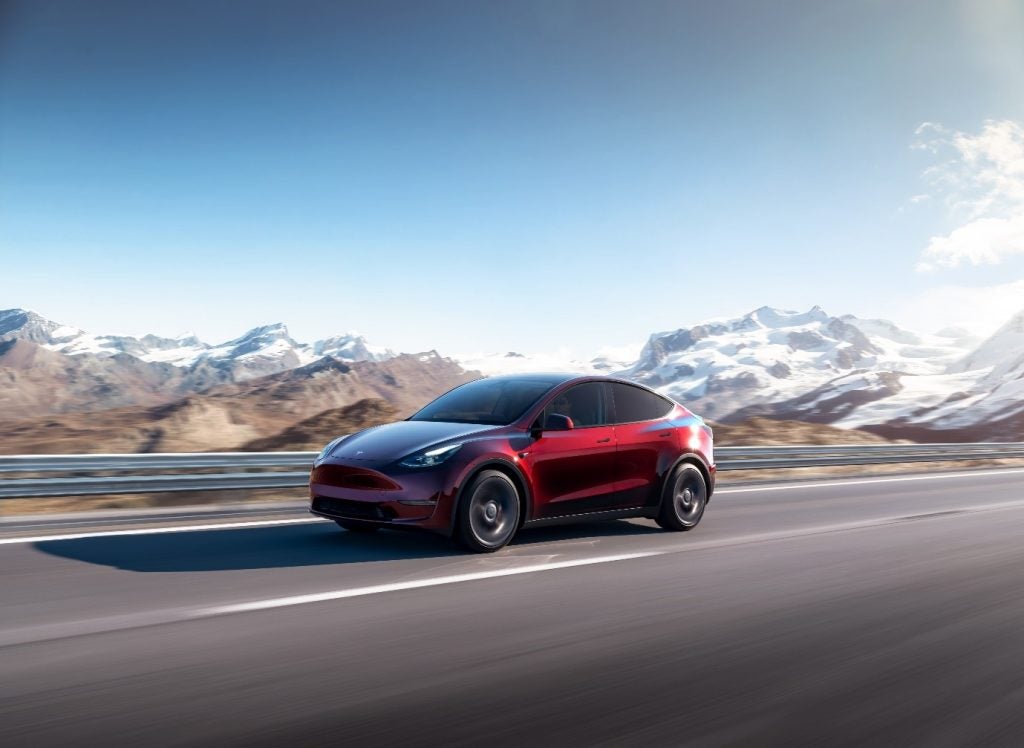
Tesla has left customers and industry observers in a state of confusion this week after its CEO, Elon Musk announced the cancellation of its incoming top-of-the-line Model S Plaid+ mere days before it was due to go on sale.
The Model S first went on sale in 2012 and is partially responsible for the profound improvement in public perception of battery EVs that has led to the current renaissance of electrified models. Now, with rivals in ascendence, the time has come for Tesla to heavily update the Model S to maintain its competitive position.
Part of the update Tesla announced at the start of 2021 was a choice of three new of powertrains – the Long Range standard model, the powerful Plaid model and the range-topping Plaid+ version. The odd name is a humorous reference to the Mel Brooks sci-fi comedy Spaceballs in which a spaceship moves so fast it is said to have achieved ‘Plaid’ speed.
The Model S Plaid+ was said to possess 1,100hp, would hit 60mph in less than 1.99 seconds and would be able to cover 520 miles on a charge. All of those figures were, like the original 2012 Model S, substantially ahead of anything offered by rivals and seemed sure to further cement Tesla’s position as the leading EV manufacturer for the next few years.
However, it now appears that Tesla has abandoned its original model plan and has ditched the range-topping Plaid+ version. CEO Musk stated in a tweet thread on 6 June “Model S goes to Plaid speed this week…Plaid+ is cancelled. No need, as Plaid is just so good… 0 to 60mph in under 2 secs. Quickest production car ever made of any kind. Has to be felt to be believed”. Responses to this thread ranged from confused Plaid+ customers wondering what would happen to their pre-orders, to Tesla critics citing it as yet another example of the company overpromising on a product, along with evangelical Tesla fans agreeing that the regular Plaid version was more than sufficient.
There are many metrics one can measure an EV by but range has arguably become the most crucial. Early EVs had quite short ranges and took a long time to recharge, limiting their utility for drivers with longer commutes or limited charging access. A regular theme among Tesla’s critics was that the Plaid+’s claimed 520-mile range was too good to be true, and Tesla would not have been able to achieve it on a production model. The most cynical accused Tesla of tempting buyers in with the promise of cutting-edge EV technology only to under-deliver when the time came to actually build new vehicles.
How well do you really know your competitors?
Access the most comprehensive Company Profiles on the market, powered by GlobalData. Save hours of research. Gain competitive edge.

Thank you!
Your download email will arrive shortly
Not ready to buy yet? Download a free sample
We are confident about the unique quality of our Company Profiles. However, we want you to make the most beneficial decision for your business, so we offer a free sample that you can download by submitting the below form
By GlobalDataNow, with the cancellation of the Plaid+ model, the longest-range vehicle Tesla will offer will be the 412-mile Model S Long Range. This figure is still impressive in its own right and puts the Model S Long Range comfortably out in front of any rivalling EV model but is a marked 21% reduction in range compared to that claimed by the Plaid+.
Most rival companies currently moving into the EV sector are fielding models with a 200-300-mile range – an acceptable point that is sufficient for most buyers. So, compared to the competition that exists right now, Tesla’s Model S Long Range still offers the longest range, meaning buyers solely looking at performance metrics will opt for the Tesla. However, if novel rivals such as Lucid can get their new models on sale as promised, they could steal the long-range crown from Tesla. For example, Lucid’s Air sedan is due on sale later in 2021 and promises an industry-leading 517-mile range.
Whatever the reason for Tesla’s decision to cancel the Plaid+, Musk’s suggestion that there was “no need” for it because the regular Plaid model was “just so good” should be taken with a pinch of salt. Across the auto industry, OEMs that offer high performance models also tend to offer marginally upgraded versions of those models for even higher prices – for example, Mercedes-AMG offers ‘S’ versions of its lineup while BMW’s M Division fields ‘Competition’ models with even more power. In every case, the OEM charges much more for the upgraded model and generates more profit from it as a result. Considering the Plaid+’s retail price was expected to be $30,000 more than the regular Plaid, it seems unlikely that Tesla would want to pass up the opportunity to generate more profit per model.
Other reasons that may have led Tesla to cancel the Plaid+ could include the fact that performance of the upgraded 18650 battery cells did not meet the company’s expectations. Alternatively, supply chain pressures such as the industry-wide semiconductor shortage or raw material price increases may have forced the company’s hand in other areas.







Related Company Profiles
Tesla Inc